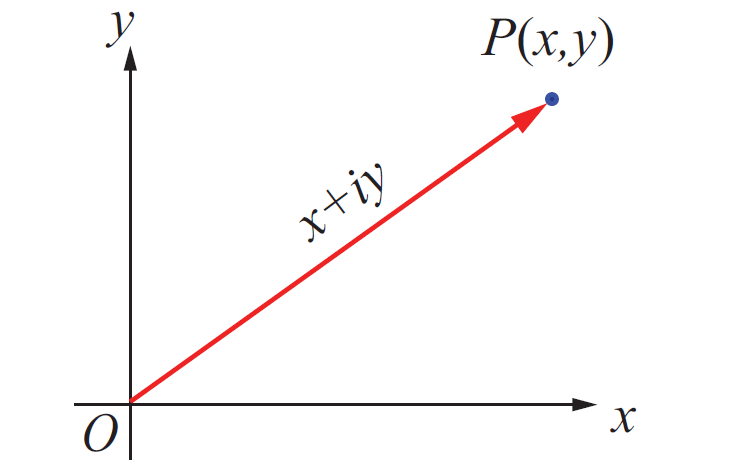PRACTICAL PROBLEMS IN ARITHMETIC SEQUENCE
Practical Problems in Arithmetic Sequence :
An arithmetic series is a series whose terms form an arithmetic sequence.
Problems in Arithmetic Sequence
Problem 1 :
A TV manufacturer has produced 1000 TVs in the seventh year and 1450 TVs in the tenth year. Assuming that the production increases uniformly by a fixed number every year, find the number of TVs produced in the first year, find the number of TVs produced in the first year and 15th year.
Solution :
Number of TVs produced in the seventh year = 1000
Number of TVs produced in the tenth year = 1450
t7 = 1000
t10 = 1450
a + 6d = 1000 ----- (1)
a + 9d = 1450 ----- (2)
(1) – (2)
Subtracting second equation from first equation
aaaaaaaaaaaaaaa + 6d = 1000aaaaaaaaaaaaaaaaaaaaaaaaaa
aaaaaaaaaaaaaaa + 9d = 1450aaaaaaaaaaaaaaaaaaaaaaaaaa
aaaaaaaaaaaaa(-) (-) (-)aaaaaaaaaaaaaaaaaaaaaaaaaa
aaaaaaaaaaaa------------------aaaaaaaaaaaaaaaaaaaaaaaaaa
aaaaaaaaaaaaa-3d = -450aaaaaaaaaaaaaaaaaaaaaaaaaaaaaa
aaaaaaaaaaaaaad = -450/(-3) ==> d = 150
By applying d = 150 in (1)
a + 6(150) = 1000
a + 900 = 1000
a = 1000 -900
a = 100
Therefore number of TVs produced on the first year is 100
To find number of TVs produced in the 15th year year we have to find the 15th term of the A.P
tn = a + (n-1) d
t15 = 100 + (15-1) 150
t15 = 100 + 14(150)
t15 = 100 + 2100
t15 = 2200
Problem 2 :
A man has saved $640 during the first month,$720 in the second month and $800 in the third month. If he continues his savings in this sequence, what will be his savings in the 25th month?
Solution :
If we write his saving like a sequence, we will get
640, 720, 800,…………
to get 25th month savings
From this, we have to find the 25th term of the sequence
a = 640 d = t2 – t1
d = 720- 640
d = 80
tn = a + (n-1) d
t25 = 640 + (25 - 1) 80
= 640 + 24 (80)
= 640 + 1920
= 2560
Hence he saves $2560 in the 25th month
Problem 3 :
A person has deposited $25000 in an investment which yields 14% simple interest annually. Do these amounts (principal + interest) form an A.P ? If so, determine the amount of investment after 20 years.
Solution :
Simple interest = PNR/100
= (25000 x 1 x 14)/100
= 3500
Amount = principal + interest
= 25000 + 3500
= 28500
Amount at the end of the first year = 28500
Amount at the end of second year = 28500 + 3500
= 32000
Amount at the end of third year = 32000 + 3500
= 35500
28500, 32000, 35500.,………………….
This is the arithmetic sequence. To find the amount of investment after 20 years we need to find 20th term
tn = a +(n - 1) d
a = 28500 d = 32000 – 28500
d = 3500
t20 = 28500 + (20 - 1) 3500
t20 = 28500 + 19 (3500)
t20 = 28500 + 66500
t20 = 95000
Therefore the amount of investment in after years is 95000.

Apart from the stuff, if you need any other stuff in math, please use our google custom search here.
Kindly mail your feedback to v4formath@gmail.com
We always appreciate your feedback.
©All rights reserved. onlinemath4all.com
Recent Articles
-
De Moivre's Theorem and Its Applications
Apr 19, 24 08:30 AM
De Moivre's Theorem and Its Applications -
First Fundamental Theorem of Calculus - Part 1
Apr 17, 24 11:27 PM
First Fundamental Theorem of Calculus - Part 1 -
Polar Form of a Complex Number
Apr 16, 24 09:28 AM
Polar Form of a Complex Number
